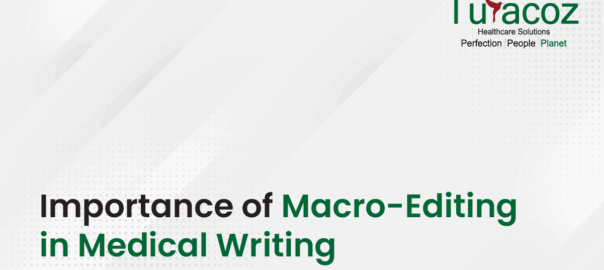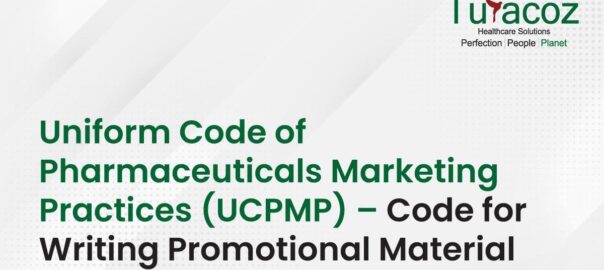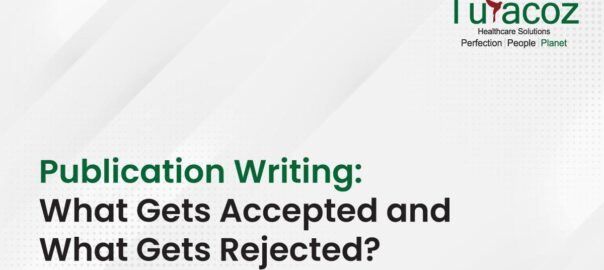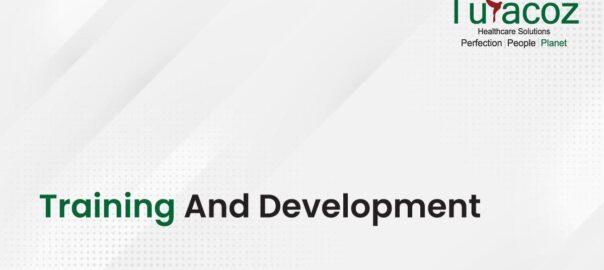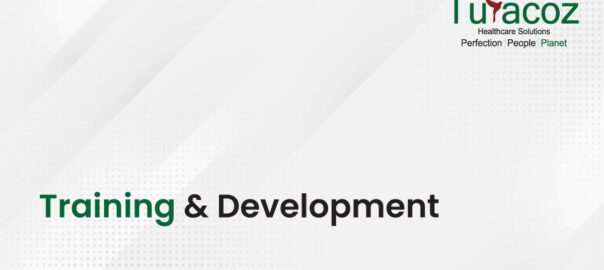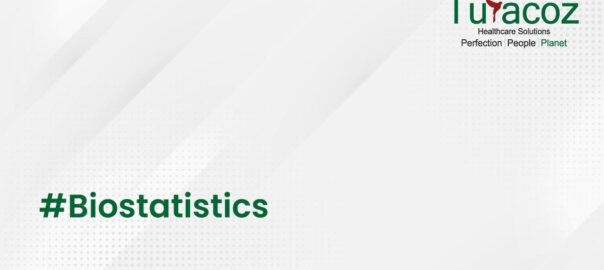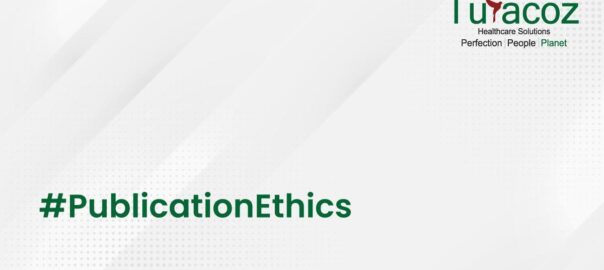‘Medical writing’ is a perfect amalgamation of science and art. As a medical writer, one has to maintain a good balance between the technicality of science and art of communicating with the readers via words. Other than the basic requisite of knowledge of therapeutic areas, and command over the language; medical writing requires an understanding of the medical concepts and terminology, knowledge of relevant guidelines as regards the structure and contents of specific documents, and good writing skills.
The good news is that adeptness of effective medical writing can be easily learned by regular training and development!
Though there is no formal degree / diploma or certification course in medical writing, but there are few resources which can be utilized for gaining expertise in this discipline. These resources include; in-house medical training courses for employees provided by the various organization, short courses / workshops by professional bodies, on-the-job ‘mentor-guided’ training, and motivated “self-study”. Among all these resources, the motivated self –study is the mainstay and pertinent way of learning medical writing. Curiosity to learn and self-motivation can transform any mediocre into a seasoned medical writer. If one has a desire to take medical writing as a full-time career option then these five hacks can surely add value to the work;
#1 Read carefully, read regularly
New knowledge and information are constantly being added to the field of medicine. Every year a large number of papers are published related to various research studies, clinical experience, and new ideas and thoughts related to the healthcare industry. The best way to learn is to read through as many papers as possible. This teaches how to present data and what mistakes to avoid.
All the documents prepared under medical writing strictly abide by one or more technical guidelines issued by the regulating bodies. Therefore, a medical writer should be well-acquainted with the latest technical guidelines followed in different parts of the world. For instance, EU, USA, and Japan have evolved a set of common guidelines (International Conference on Harmonisation [ICH] guidelines) related to drug development and registration. For publication, Good Publication Practices, guidelines for reporting clinical trials (e.g. CONSORT), the International Committee of Medical Journal Editors’ (ICMJE) guidelines for manuscripts are mostly used. A medical writer should keep him/her updated with the latest versions of these guidelines.
Therefore reading carefully and reading regularly is a most important part of medical writing.
#2 Understand your audience well
The documents prepared by the medical writer have a different set of target audience, which may include; healthcare professionals, regulatory bodies, patients, and consumers. A medical writer should always try and take a reader’s perspective to understand how to approach a subject. The information in any document should be targeted in terms of the subject and the audience.
Therefore, it is very important that a medical writer identifies the target audience before writing.
#3 Pre-writing is a must
Pre-writing or drafting is an important part of medical writing. Before writing the first draft, develop a road map. Gain knowledge of the therapeutic area that is to be addressed, this enhance the relevance of articles being searched. Reading about the therapeutic area is very important prior starting the literature search. The literature search should be followed by, arranging key facts and citations from the literature into a crude roadmap/outline. Follow the outline meticulously, for writing a well-organized document.
#4 Write Lucid, clear and crisp
While writing, be clear and specific, and strictly avoid beating around the bush. The main idea/ objective of the document should be clear from first few paragraph of the document. Remember, while reading, a reader follows an “F” pattern i.e. the first few paragraphs are read carefully and the remaining document is scanned in an F pattern. Hence, it is very important to keep all the key information in the first few paragraphs, to keep a reader hooked to the article.Adding sub-heading also helps to catch readers attention.
The information should be well- organized. In the margins of your paper, tag each paragraph with a phrase or sentence that sums up the main point. Then move paragraphs around to improve logical flow and bring similar ideas together.
#5 Revise well before submitting
Before submitting your work, proofread and edit it well. Remember, a sentence written incorrectly will not convey any meaning or add value to your document. Read each sentence more than once to identify grammatical errors. While revising your work; read out loud, do a verb check, cut clutter, do an organizational review, and get feedback from others.
As quoted by William Zinsser- “If writing seems hard, it’s because it is hard. It’s one of the hardest things people do”. Though, practising regularly and keeping one well-versed with the latest happenings of the domain can ease down the task.
Turacoz Healthcare Solutions as a socially responsible company spreads the word and awareness and looks forward to collaboration or associations with other agencies/companies with similar goals and aspirations. We have a skilled and competent team of medical writers, clinicians, researchers and biostatisticians. Our clients include major pharmaceutical companies, hospitals and healthcare professionals. Our experience has been in supporting publications, creating regulatory documents, conducting observational studies, designing and creating for print and digital marketing as well as customizing sessions on medical writing.


